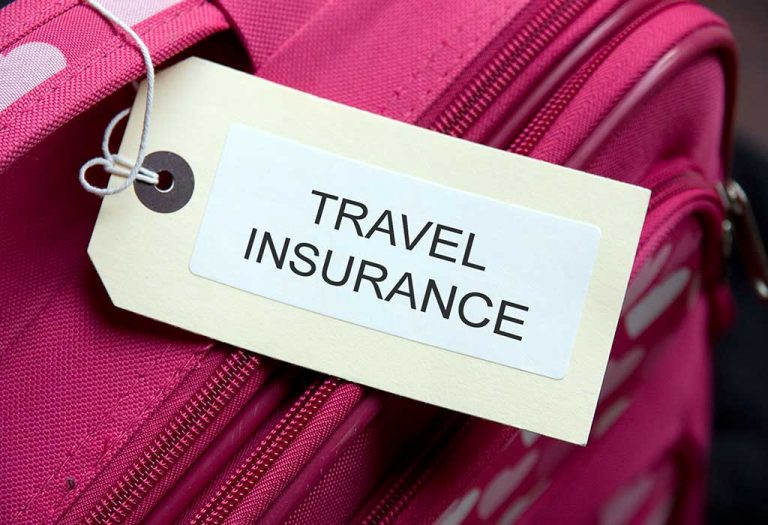Understanding Insurance Policy Coverage
When navigating insurance claims after an accident, comprehending your insurance policy coverage is a fundamental step. It involves getting familiar with the types of coverage provided and understanding the implications of policy limits and deductibles.
Types of Coverage
Liability Coverage: This is mandatory in most states and covers the costs associated to damage and injuries you cause to others. Collision Coverage: Protects your own vehicle against damages from accidents, regardless of who is at fault. Comprehensive Coverage: Offers compensation for non-collision incidents, such as theft or natural disasters.
Policy Limits and Deductibles
Policy Limits: Defined as the maximum amount an insurance company will pay for a covered loss, policy limits are chosen when purchasing a policy. They can significantly impact your financial burden after an accident. Deductibles: The out-of-pocket expense the policyholder must pay before insurance coverage kicks in. Higher deductibles can result in lower premiums, but increase out-of-pocket costs during a claim.
Initiating the Claims Process
When an accident occurs, it’s crucial to promptly initiate the insurance claims process. This involves a few important steps: reporting the accident to the necessary parties, gathering and documenting evidence, and officially filing the claim.
Reporting the Accident
One’s first duty after ensuring everyone’s safety is to report the incident to their insurance company. This step must be completed as soon as possible. Insurance providers typically have dedicated hotlines or customer service departments specifically for this purpose.
Documenting Evidence
Gathering evidence is essential in supporting the claim. This includes taking photographs of the incident, obtaining the contact information and statements from witnesses, and securing a copy of the police report. The policyholder should ensure that the evidence is as comprehensive and detailed as possible.
Filing the Claim
Finally, to file the insurance claim, the policyholder will need to submit the documented evidence along with a claim form provided by their insurer. The insurance company will then review the claim as part of their investigation and determine the extent of liability and coverage.
Handling Claims Disputes
When managing insurance claims after an accident, it’s crucial to understand how to navigate disputes that may arise with insurers. Efficient handling of these disputes can determine the success of your claim.
Negotiating with Insurers
One begins the process by engaging in dialogue with the insurance provider. This involves a detailed review of the claim and the insurer’s reasons for dispute. Presenting a well-documented case, including police reports, medical records, and repair estimates can go a long way in strengthening one’s position. Communication skills and patience are vital, as well as an understanding of insurance law and policy details.
- Review the claim denial letter for specific reasons for rejection.
- Gather complete evidence: pictures, witness statements, and official reports.
- Make a clear counter-argument based on policy terms and evidence.
Dispute Resolution Options
If negotiations do not yield a satisfactory outcome, one may explore several dispute resolution options. Mediation or arbitration might be suggested by a legal advisor, and in certain cases, litigation might be a viable path. The choice of dispute resolution should align with the complexity of the dispute, the potential cost involved, and the desired speed of resolution. It’s important to note that while legal representation can be advantageous, it can also increase the cost and duration of the dispute process.
- Mediation: Involves a neutral third party to facilitate a resolution.
- Arbitration: A binding decision is made by an arbitrator, which can be less formal than court.
- Litigation: Taking the dispute to court, which should be a last resort due to time and expense.
Frequently Asked Questions
Navigating insurance claims after an accident involves understanding the specific steps to take, legal requirements, and timelines. This section addresses common queries to help streamline the process and ensure you are well-informed.
What steps should you take immediately following a car accident?
One should promptly ensure personal safety and document the accident scene. Following that, contacting the insurance provider to report the incident is crucial for claim initiation. Learn more about filing a car insurance claim.
Under North Carolina laws, what are the specific requirements for filing an auto insurance claim?
In North Carolina, a claimant must notify their insurer as soon as possible, provide all necessary documentation, and follow all insurance policy conditions. Understanding state-specific guidelines is essential for compliance.
How do you navigate the claims process if you are at fault in an accident?
If at fault, one should contact their insurer to report the accident, provide truthful information, and potentially seek legal advice. The insurer will guide through the process of repair, liability, and any coverage issues under the policy.
Within what timeframe must you report a car accident to your insurance provider?
Reporting time frames vary by insurance policy, but it is generally best to report an accident to the insurance provider within a day or two. Some policies specify reporting requirements, so reviewing your policy is essential. Insight into dealing with insurance companies can provide additional guidance.
What procedures are followed by insurance companies after an auto accident occurs?
Insurance companies typically begin with claim verification, assessing the damage, determining fault, and reviewing policy coverage. They may also negotiate settlements or provide compensation based on the policy terms.
What are your options if you sustain injuries from a car accident at a later date?
If injuries manifest later, it’s important to seek medical attention and inform the insurance company. Reporting delayed injuries can affect the claim, so prompt notification aids in receiving due compensation. Consider consulting legal representation after an accident for proper guidance.


